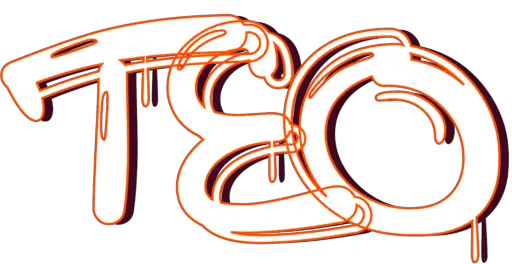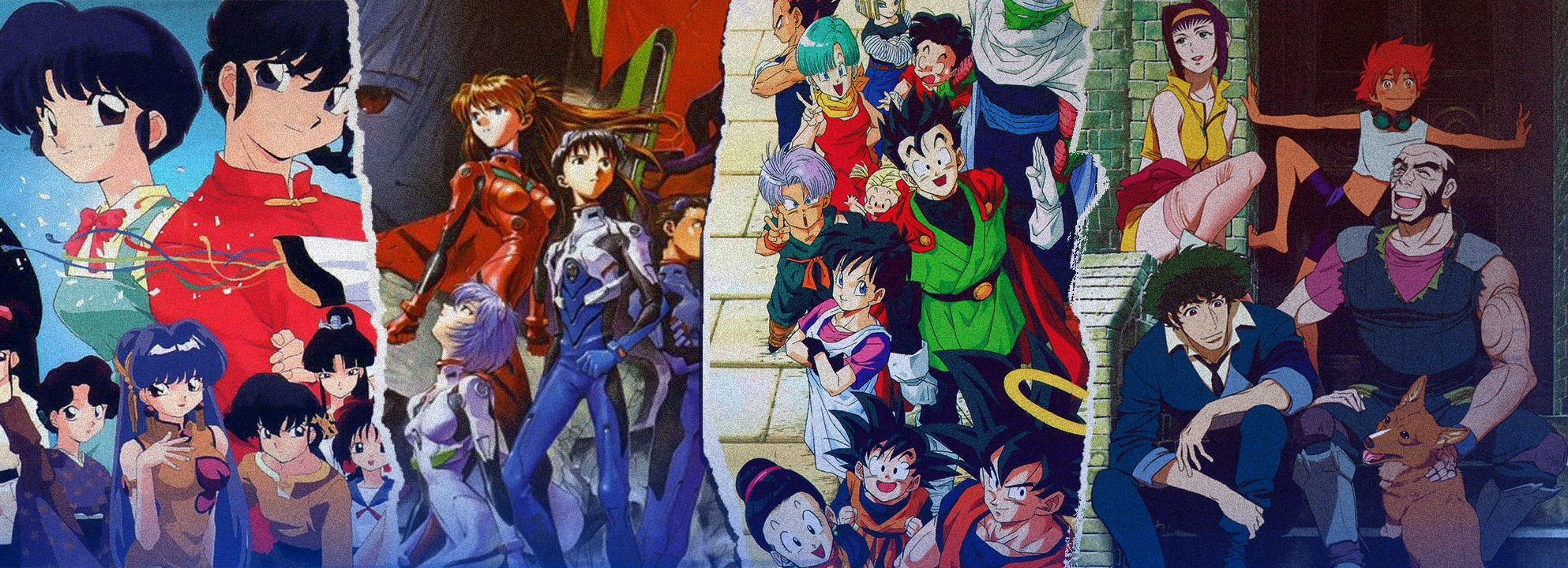In the extensive and vibrant universe of Japanese animation, or anime, the 1990s era stands out as a transformative period that brought forth a wave of groundbreaking series, characterized by innovative artistic choices, mature storytelling, and an aesthetically captivating style that continues to resonate with audiences worldwide. This essay delves into the brilliance of 90s anime, exploring its creative workflow, the types of stories it undertook, and the darker, more mature tone that set it apart.
Artistic Choices and Workflow
The 90s anime were primarily hand-drawn, a laborious process that demanded meticulous attention to detail and craftsmanship. This artistic choice contributed significantly to the unique aesthetic of the era. The richly textured backgrounds, character designs, and fluid animation had an organic, almost tangible quality, starkly contrasting the more sterile, digital feel of contemporary anime.
Series like ‘Cowboy Bebop’ and ‘Neon Genesis Evangelion’ demonstrated the potential of this hand-drawn medium. The former used color and lighting to evoke a jazz-like rhythm, while the latter incorporated complex mechanical designs and dynamic action sequences to bring its apocalyptic narrative to life.
Storytelling and Mature Themes
The 90s also marked a shift in the narrative and thematic scope of anime, with creators venturing into darker, more mature genres. These stories delved into psychological, philosophical, and sociopolitical issues, offering nuanced, multi-layered narratives that appealed to an older audience.
A prime example is ‘Serial Experiments Lain’, a series that explored themes of identity, reality, and the burgeoning influence of the internet. ‘Neon Genesis Evangelion’, another standout, used its mecha genre façade to tackle complex issues of depression, self-worth, and the human condition. The choice to incorporate such profound themes signified a bold departure from the perception of animation as a medium solely for children.
Limitations and Triumphs
The 90s anime industry was not without its limitations. Budget constraints, time pressures, and the sheer physical labor of hand-drawn animation presented significant challenges. However, these constraints also fueled creativity. Techniques like limited animation and strategic still frames were employed to manage resources, inadvertently contributing to the distinct 90s anime aesthetic.
A poignant instance is the final episodes of ‘Neon Genesis Evangelion’, where financial and time constraints led to a minimalist, almost abstract approach. This unconventional solution sparked heated discussions, cementing the series’ cult status.
Aesthetic Appeal and Cultural Impact
The captivating aesthetic of 90s anime can be attributed to its combination of hand-drawn artistry, innovative storytelling, and willingness to push boundaries. This unique blend created a sense of nostalgia, a timeless appeal that continues to attract new fans and retain old ones.
Moreover, 90s anime also contributed to the globalization of the medium. Series like ‘Dragon Ball Z’, ‘Sailor Moon’, and ‘Pokémon’ were instrumental in introducing anime to Western audiences, shaping perceptions and influencing subsequent generations of creators worldwide.
In conclusion, the 90s era was a pivotal period in anime history. Its enduring appeal lies in its artistic authenticity, narrative depth, and cultural impact. Despite the technological advances and evolving trends, the 90s anime continues to hold a special place in the hearts of fans and stands as a testament to the timeless power of compelling storytelling and innovative artistry.

